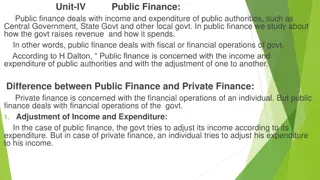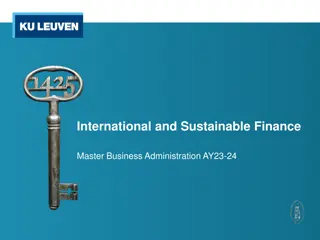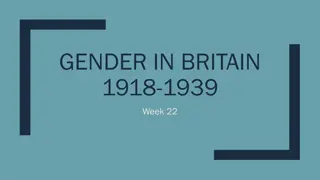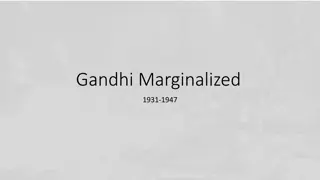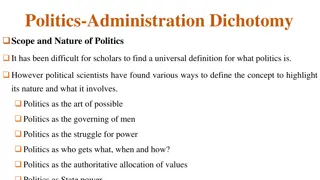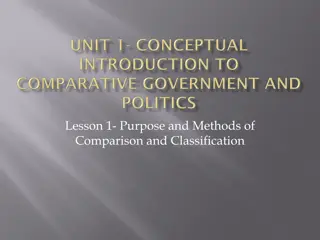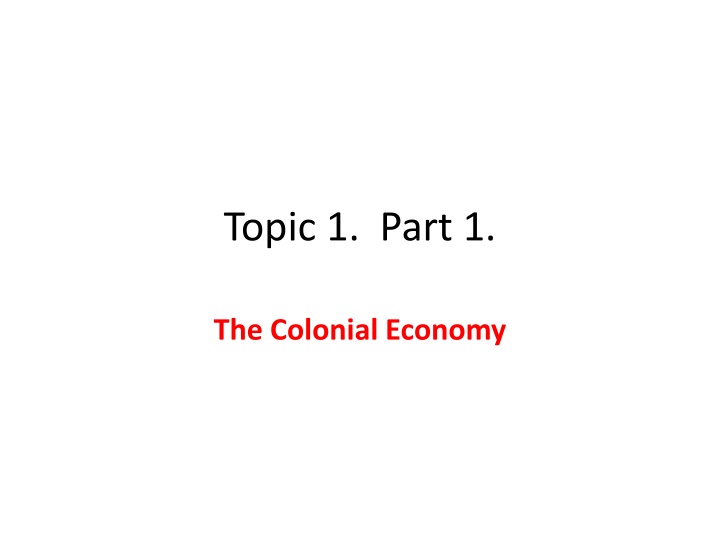
The Colonial Economy and Mercantilist System in History
Explore the Colonial Economy and the Mercantilist System of the 16th to 18th centuries, highlighting the role of colonies, the problem of money shortage, income analysis, and economic impacts. Learn about exports, national wealth, population growth, and the financial dynamics shaping colonial America.
Download Presentation

Please find below an Image/Link to download the presentation.
The content on the website is provided AS IS for your information and personal use only. It may not be sold, licensed, or shared on other websites without obtaining consent from the author. If you encounter any issues during the download, it is possible that the publisher has removed the file from their server.
You are allowed to download the files provided on this website for personal or commercial use, subject to the condition that they are used lawfully. All files are the property of their respective owners.
The content on the website is provided AS IS for your information and personal use only. It may not be sold, licensed, or shared on other websites without obtaining consent from the author.
E N D
Presentation Transcript
Topic 1. Part 1. The Colonial Economy
A. The Mercantilist System: 16thto 18thCenturies A set of generally held beliefs: 1. Exports are better than imports 2. National wealth depends on GOLD and SILVER 3. The larger your human population the better 4. Colonies existed to supply the Mother country with precious metals (gold and silver) and raw materials (supply depots)
Role of the Colonies in this International Mercantilist System England did not allow export of bullion to the North American Colonies!!! The whole idea was exports to the Mother Country. This was untenable and lead to major problems that significantly contributed to the Revolution.
The Problem of Money Shortage of Specie. Continual source of complaints but how serious was the problem? 1. Commodity Exports only accounted for approximately 12% of total colonial output. 2. Tremendous population growth prior to the Revolution 1700, 251,000 population, 1750, 1,200,000 people, 1775, 2,500,000. 3. YOU NEED A MEDIUM OF EXCHANGE WITH A COMPLEX ECONOMY!!! 4. Tried a Number of Fixes: Commodity money; Paper Money. 5. There was a shortage of coin in England as well.
DEBITS CREDITS Commodities 1,121,000 140,000 Ship Sales Deficit Slave Purchases 200,000 880,000 Shipping Earnings Indentured Servant British Military 80,000 230,000 Purchases Spending British Naval 70,000 Spending 40,000 Miscellaneous TOTALS 1,401,000 1,360,000
Income c. 1775: With population of 2,500,000 and a Per Capita Wealth of approximately 76 (From Probate Records) and a Capital/Output ratio of anywhere from 3:1 to 5:1 implies 25 to 15 per capita income! Hence, total Colonial income using 20 per capita would yield a total income of 50,000,000!!!! Hence, if deficit is 40,000 then this is about 0.08% of yearly income!!! Economic growth was at least 0.5% per annum so deficit did not affect economic development. It was (and must have been) made up in mercantile credits given Americans.



